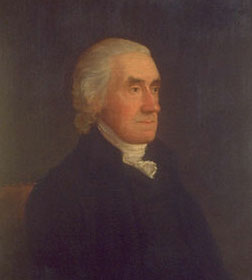Frank Petrexa
Tribune
I'm sure LeMay didn't think of himself as a war criminal. But I doubt he was either a student or a fan of international law and cooperation.A point worth noting is that the Germans and Japanese, not to mention Italians, Bulgarians, Romanians, Hungarians, Croats and Thais all lost and to the best of my knowledge none of them were prosecuted for the aerial bombardment of a defended city. So the victors do seem to have concluded it was within the Laws of War. The comments of LeMay need to be understood in context, he felt the endangerment of civilian life involved in his actions met the legal test of sufficient objective, he just assumed the Japanese regime would not see it that way.
He ran for vice president with George Wallace in 1968 after retiring from SAC. The press conference went something like this.
Reporter: General, it is said that you favor giving Germany nuclear weapons and letting it be responsible for its own defense.
LeMay: I don't know where the press gets these stories.
Reporter: General, DO you favor Germany getting nuclear weapons.
LeMay: Well, yes, I..
Wallace: Let's go, General.










